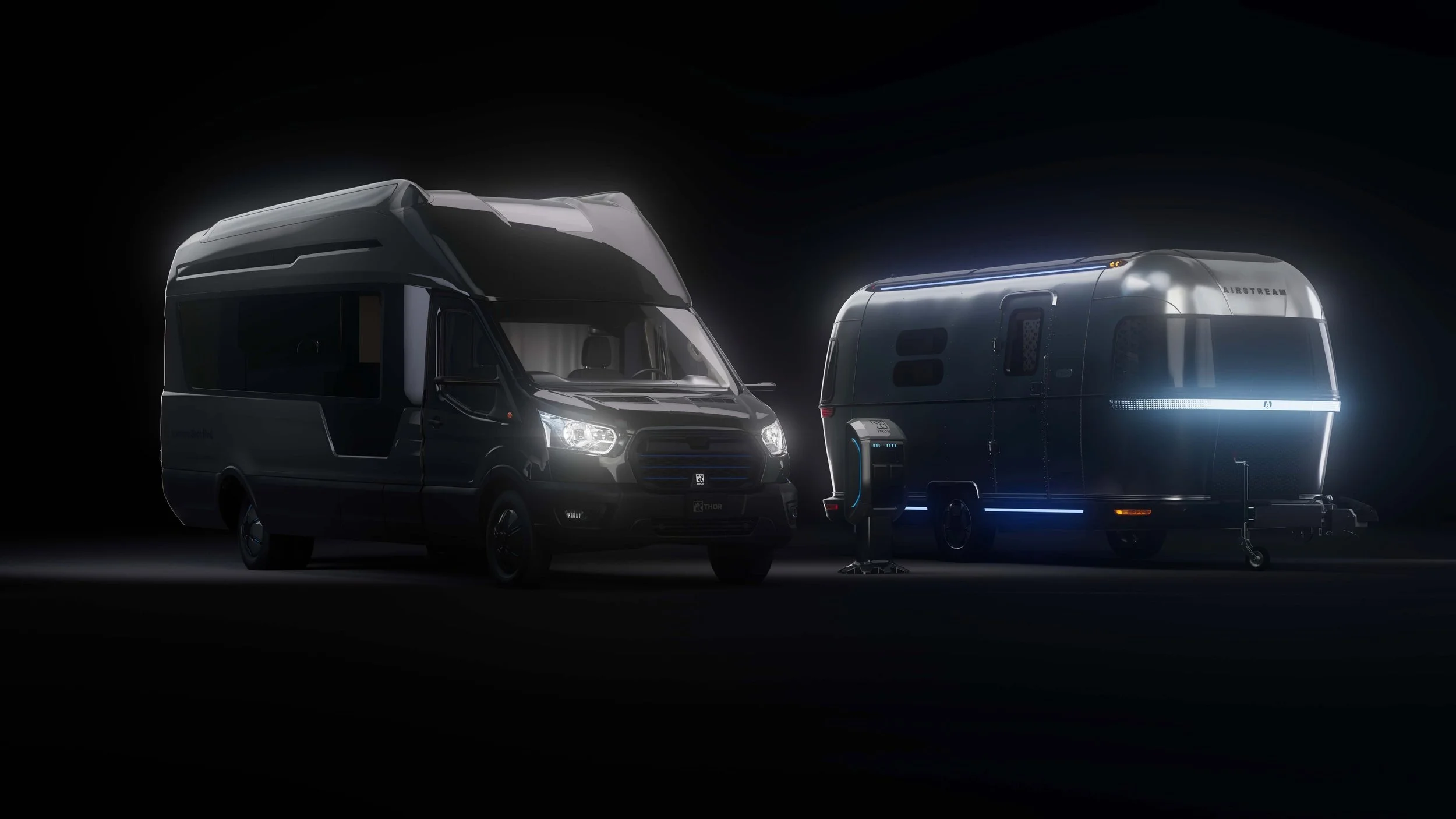Aptera’s “Solar-Powered” Car – Snake Oil or Real Engineering?
By Edward A. Sanchez – Dec. 18, 2020
Aptera is one of those companies that has reinvented itself over the years as the fortunes and favor toward EVs has ebbed and flowed. Although the company has recently made headlines for its claim of a “never charge” electric car, the company originally dates back as far as 2005. The original corporate entity liquidated in 2011 after failing to raise enough private capital to qualify for a DOE loan, but was revived by the original founders Chris Anthony and Steve Fambro in 2019. Then in December 2020, the company announced a new model that it claimed in some environments and use cases would never need charging from a plug.
The idea of a purely “solar car” has been around for many years, and has been attempted in various forms in academic and scientific competitions (the Shell Eco-marathon among the best-known, and more recently by the Sono Motors Sion and Lightyear One, both based in Europe. But the fact of the matter is none of these vehicles are truly “solar.” All of them have charging ports.
So let’s get the slightly misleading fanfare out of the way first: Is it possible to own and drive one of these cars and truly never plug it in? Maybe, but you’d have to have a very specific use case, live in a certain geographic region with a lot of sun, and not have a long commute (which post-COVID, will probably be a lot of people).
The other unavoidable fact is that solar panels, even the best ones, aren’t 100% efficient. The high-bar mark for commercially available residential panels is around 22%, and incrementally improving every year. Even in experimental laboratory settings, it has been challenging to get much more than 40% efficiency. So basically, most of the vehicle would need to be covered in them.
The other Achille’s Heel of EVs is weight. Batteries are heavy. And although they’re getting lighter, they’re still kind of an unavoidable evil in the development of EVs. Each of these companies, Sono Motors, Lightyear One, and Aptera, each have their own approach, but for the purposes of this post, we’re going to focus on Aptera. Where Aptera goes its own way compared to the other two is it’s a three-wheeled “autocycle.” This design is inherently lighter weight than a conventional passenger car. The company says it has plans for a four-wheeled, more conventional passenger car, but its initial product will be a three-wheeler.
If the vehicle is engineered from the ground-up to be lighter weight, it kind of sets off a domino effect and overarching design objective of maintaining as light a weight as possible. To that end, Aptera is claiming a 0-60 time of 3.5 seconds and a range of up to 1,000 miles on the top-of-the-line model. Interestingly, the company doesn’t list a curb weight on its preliminary spec sheet. The company does, however, claim a top battery capacity of 100 kWh, which by any measure, is a pretty beefy battery pack. Short of a major lightweight battery breakthrough, you’re probably looking at close to 1,000 pounds for the battery alone.
I don’t want to preemptively throw cold water on Aptera’s dreams. But these figures are more likely engineering “goals” rather than hard-and-fast, objectively measurable and repeatable performance figures.
I’ll be the first to admit if the car can live up to all its ambitious promises of performance and efficiency, it sounds like it would be a hoot to drive, and cheap to operate. But in this day and age of seemingly everyone hopping on the EV bandwagon, getting SPAC funding and so on, I have to look at any performance claims with a slightly skeptical eye. Without boring you with too much detail, I suggest you check out CleanTechnica.com’s analysis of Aptera’s claims and engineering.
(Images courtesy Aptera)
Follow us on Google News and like us on Facebook








